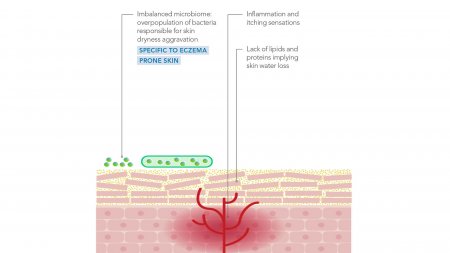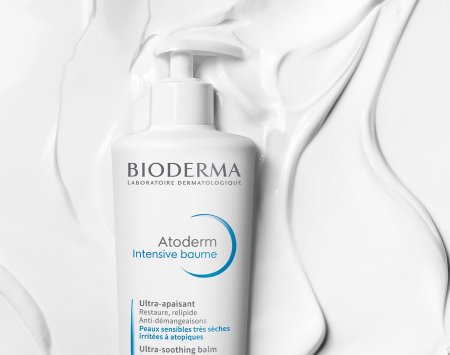Impact of fabric frictions on atopic eczema prone skin
Atopic dermatitis is characterised by very dry, intensely itchy skin, skin redness and periods of exacerbation of these symptoms. The slightest rubbing of an unsuitable textile can quickly become unbearable and very irritating for atopic eczema prone skin. For more comfort in daily life, it is important to wear clothes that are tolerated by atopic eczema prone skin in order not to aggravate the symptoms.






